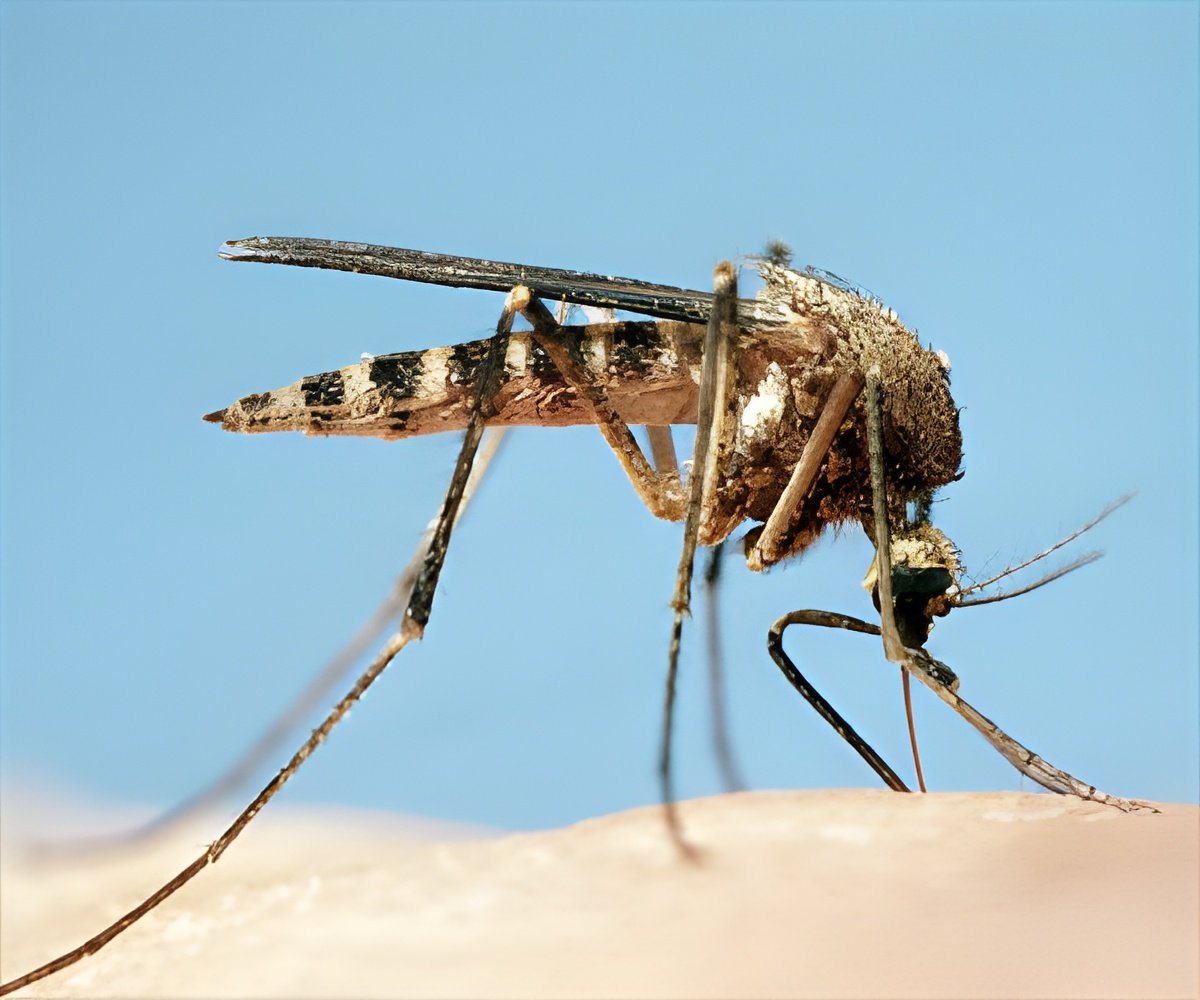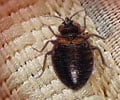Some of the common vector-borne diseases include West Nile virus, Lyme disease, dengue fever, and plague.

"This collection of papers offers a bridge between ecologists and clinicians whose combined efforts are needed to address the ongoing challenges of emerging zoonotic diseases," said Kilpatrick, an assistant professor of ecology and evolutionary biology at UC Santa Cruz.
Emerging infectious diseases can be roughly split between introduced and locally emerging diseases. Introduced diseases arise from the spread of a pathogen to a new location, as when West Nile virus arrived in New York in 1999 and subsequently spread across North America. Locally emerging diseases increase in importance in areas where they are endemic, as with Lyme disease in the United States over the past three decades. These two types of emerging diseases can differ markedly with respect to infection dynamics, or the number of cases over time, Kilpatrick said.
"Introduced diseases often cause a big spike in infections and then decrease substantially. Locally emerging diseases often show a steady, sustained increase," he said.
The movement of pathogens by global trade and travel results in the emergence of diseases in new regions. Once established, introduced pathogens often evolve to take advantage of their new environment, including new hosts and vectors. With so much of the landscape shaped by human activities, pathogens may thrive by infecting hosts and vectors that do well in manmade environments.
"Increasing human population and the urbanization and agricultural intensification of landscapes puts strong selective pressure on vector-borne pathogens to infect humans and be transmitted by vectors and hosts that live around humans," Kilpatrick said.
Advertisement
"So far, climate change has been a relatively minor player compared to land use and socioeconomic factors in the emergence of vector-borne disease," Kilpatrick said.
Advertisement
The incidence of any vector-borne disease involves a complex interplay of multiple factors affecting animal hosts, vectors, and people. Kilpatrick and Randolph emphasize that control of these diseases requires combined efforts by clinicians and public health officials to treat patients, promote behavior likely to minimize the risk of infection, and advise on efforts to reverse the ecological drivers of transmission through vector control, urban planning, and ecological restoration.
Publication of the Lancet series coincides with an Institute of Medicine (IOM) symposium on Emerging Infections, Microbial Threats to Health, and the Microbiome, December 11-12 in Washington, D.C. The symposium marks the 20th anniversary of an influential 1992 IOM report on emerging diseases.
"Humans are altering the environment and moving themselves and other organisms around the globe at an ever-increasing pace," said Sam Scheiner, program director for the Ecology and Evolution of Infectious Diseases program at the National Science Foundation (NSF), a joint effort with the National Institutes of Health (NIH). "That has led to a growing disease threat. These papers show how and why that's happening, and what we need to know to ease the disease burden."
Source-Eurekalert










